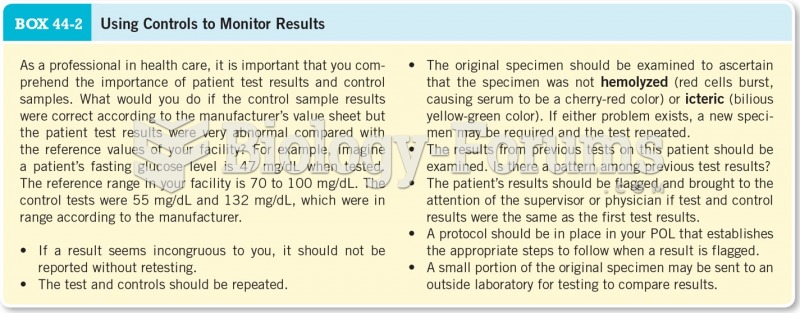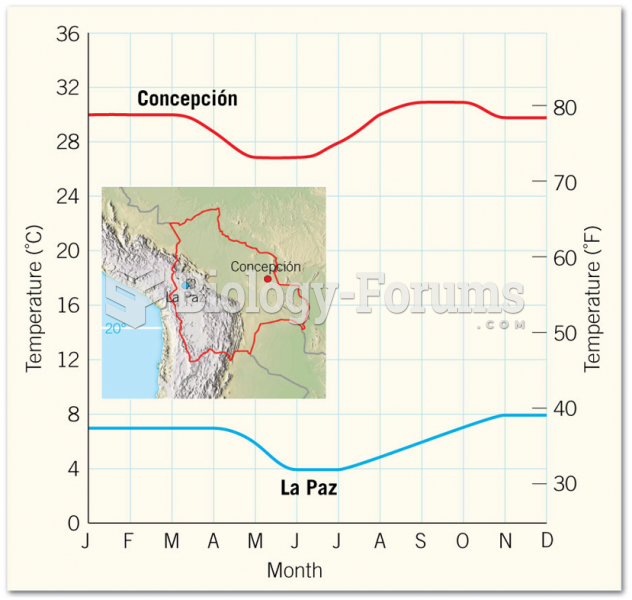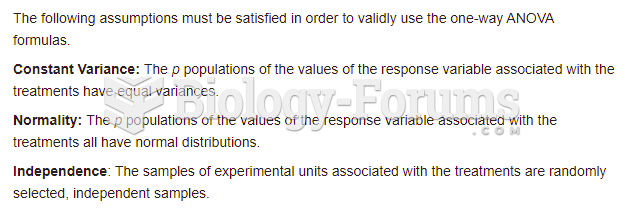Answer to Question 1
ditional controls rely on fixed job descriptions, individual accountability, rules, procedures and hierarchy, with information distributed strictly on a need-to-know basis. When the core tasks of the organization are routine and repetitive, traditional control designs can be effective. However, they often undermine creativity, flexibility and collaboration.
Organic controls rely less on specific rules and procedures and more on shared values, clarity of organizational strategy, a common understanding about risks to be avoided, attention to performance outcomes, and expectations of interactive and open dialogue. Managers in organizations that rely on organic control mechanisms expect employees to contribute not just their functional expertise but also their general knowledge and experience to the overall performance of the organization. Companies such as Southwest Airlines and Nordstrom share the goal of shaping employee behavior in a way that encourages rather than discourages creativity, flexibility, and collaboration
Differentiation requires a focus on autonomy and independence. High differentiation is very characteristic in traditional organizations not only does the informal design reflect an orientation toward individual jobs and individual accountability, the formal design actively reinforces this through the structure of compensation systems and job descriptions. Integration by contrast emphasizes collaboration and independence, asking people to sacrifice at least some of their autonomy. Integration requires teamwork which is often difficult for organizational members, especially if teamwork is not rewarded in the formal structure of the organization. Integration is accomplished through cross-functional, global or other kinds of teams. It also requires a strong sense of common purpose and direction along with a unified commitment to core values and business strategy.
Answer to Question 2
a. Clarity of organizational goals: Employees at all levels and in all units are provided with an understanding of the goals and values of the organization as well as its strategic choices.
b.
Influence mechanisms: A variety of formal (elected board of representatives) and informal (open doors and accessible managers) mechanisms enable wide participation in the dialogue and decision making of the organization.
c.
Teamwork: Teams are designated to perform interdependent tasks.
d.
Shared information: Employees are kept informed about how the organization is performing, including the dissemination of data such as financial performance, costs, profitability, information on competitors and feedback from customers.
e.
Organic controls: Control exerted through peer pressure, organizational culture and expectations of outstanding performance are reinforced through performance feedback.
f.
Individual developmental opportunities: Employees are provided with an opportunity to develop competencies consistent with their own needs and those of the organization through a combination of mechanisms: job mobility, task variety, facilitative supervision and formal training.







